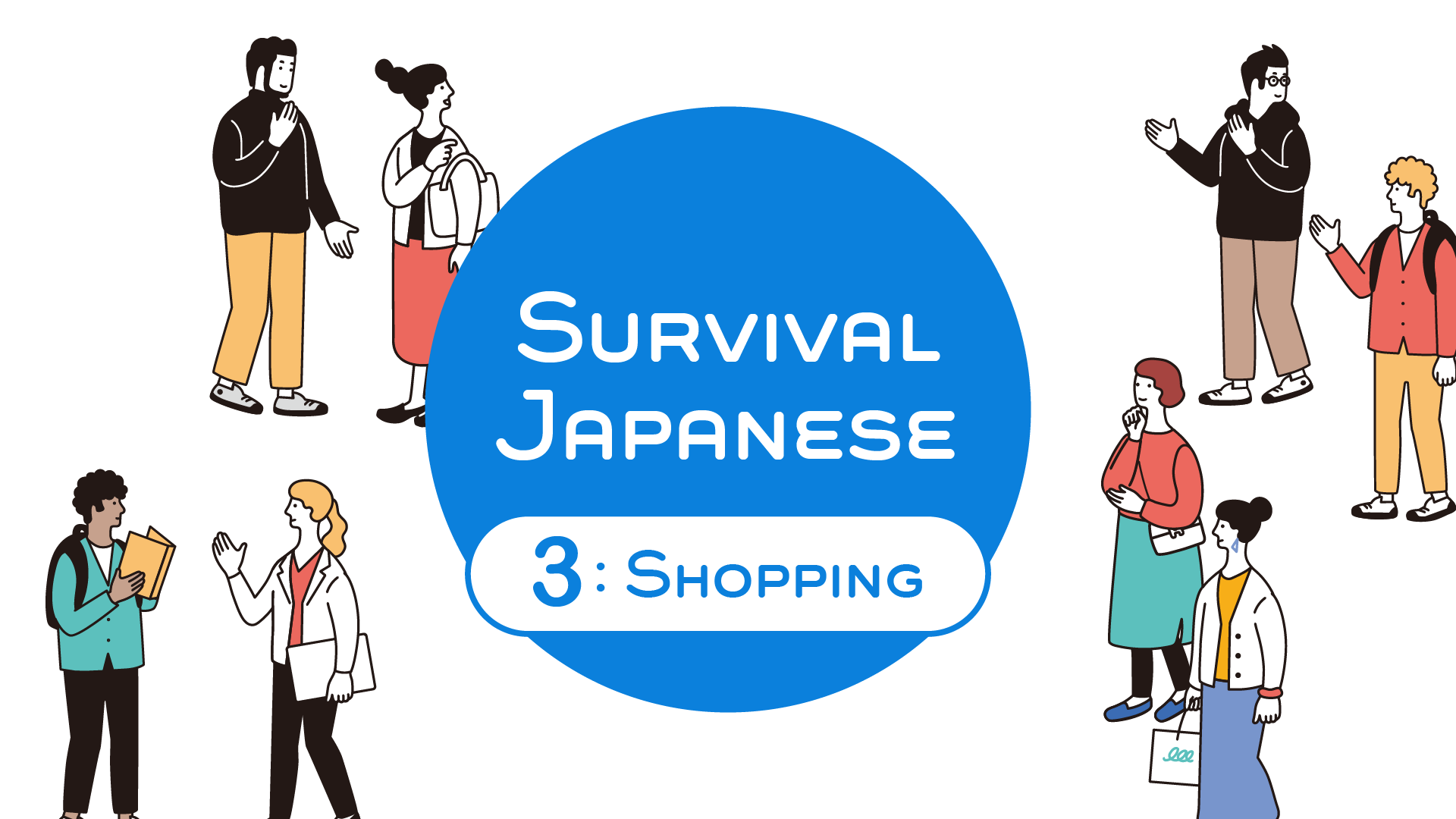JV-Campus : Contents Introduction|Kobe University Faculty of Engineering
The following contents are currently being uploaded by Kobe University Faculty of Engineering.
Please register with JV-Campus to view them.
JV-Campus : https://www.jv-campus.org/
Social implementation of renewable enaergy for carbon neutral communities
- 1: General Introduction
- Current situations of energy consumption, CO2 emission and climate change will be lectured. The increase of energy consumption all over the world causes the dramatic increase of CO2 concentration in the atmosphere which brings about global warming. It should be noticed that other factors, COVID-19 and the invasion of Ukraine strongly affect the situations. This section will be discussed how we have to deal with the situations.

- 2.Power generation from renewable resources” and “Suitable electric mobilities
- In order to reduce CO2 emission, renewable energies must be widely used in societies. Replacement of energy source of mobilities is also very important, because the CO2 emission from mobilities, automobiles, marine vessels, and aircrafts is hardly recovered from every vehicle.
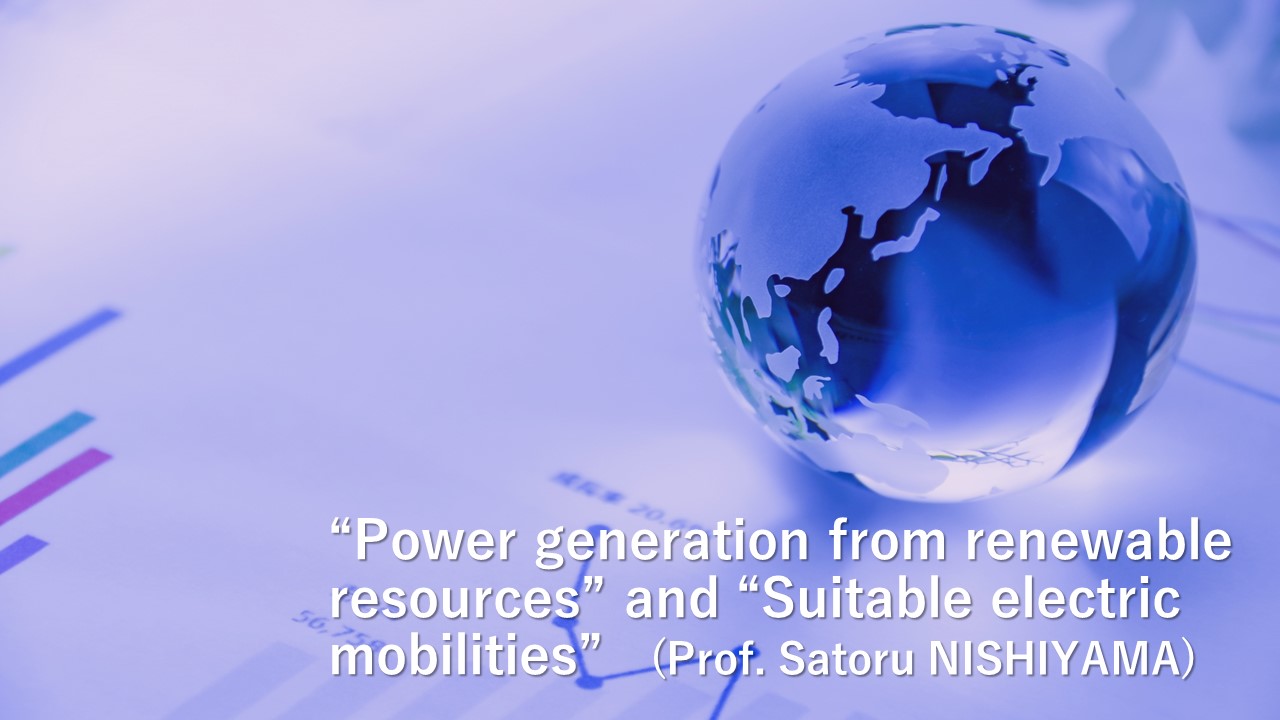
- 3.Production of chemicals from renewable resources
- The electric energy produced from the typical renewable energies, solar, hydraulic, wind, geothermal powers, etc., can be hardly stored directly. Only capacitors can be used for the direct storage of electric energy, but a huge system for the society does not practically make sense. The conversion from electric energy to chemical energy is indispensable to store the massive energy for the stable supply and transportation of energy any places and any time. Hydrogen (H2), ammonia (NH3), formic acid (HCOOH), and methylcyclohexane (CH3C6H5) are the strong candidates as an energy carrier. Replacement of carbon source from fossil resources is also important. Biomass conversion to chemicals must be developed in industries.
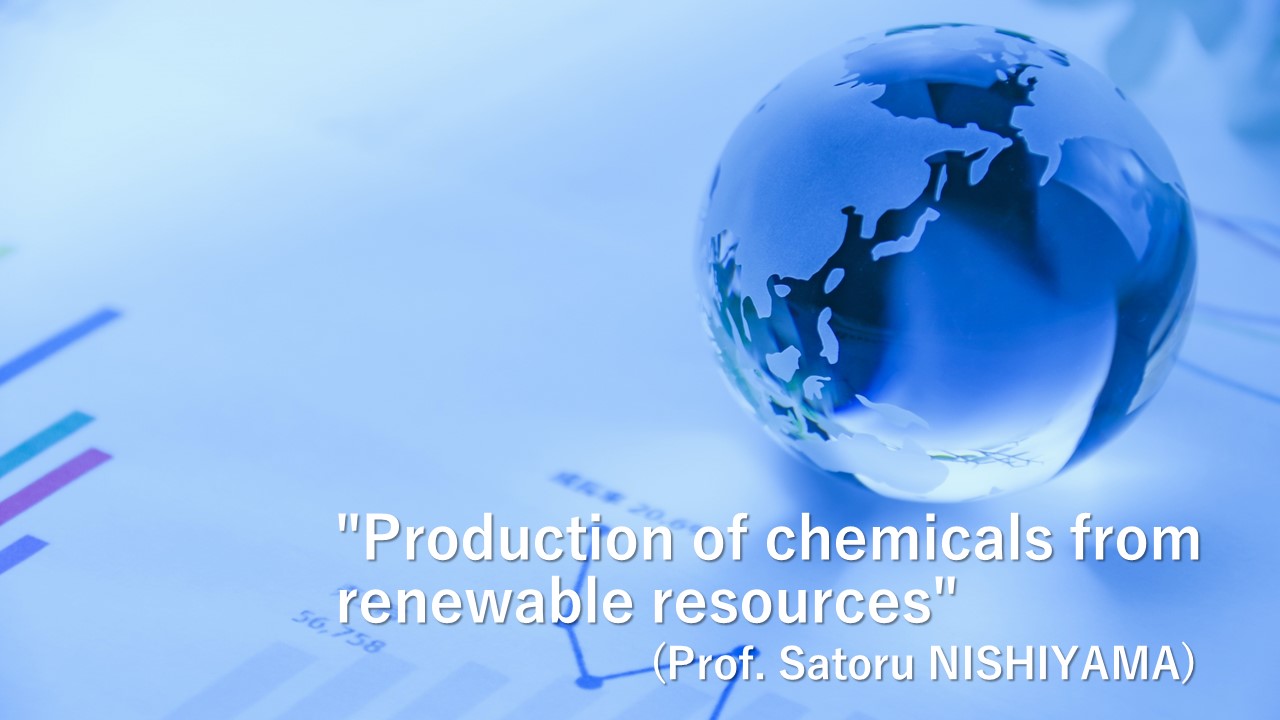
Survival Japanese
- 1: Daily Greetings
- By the end of the session you will be better able to understand (and possibly ready to use) some basic greetings in a daily life.
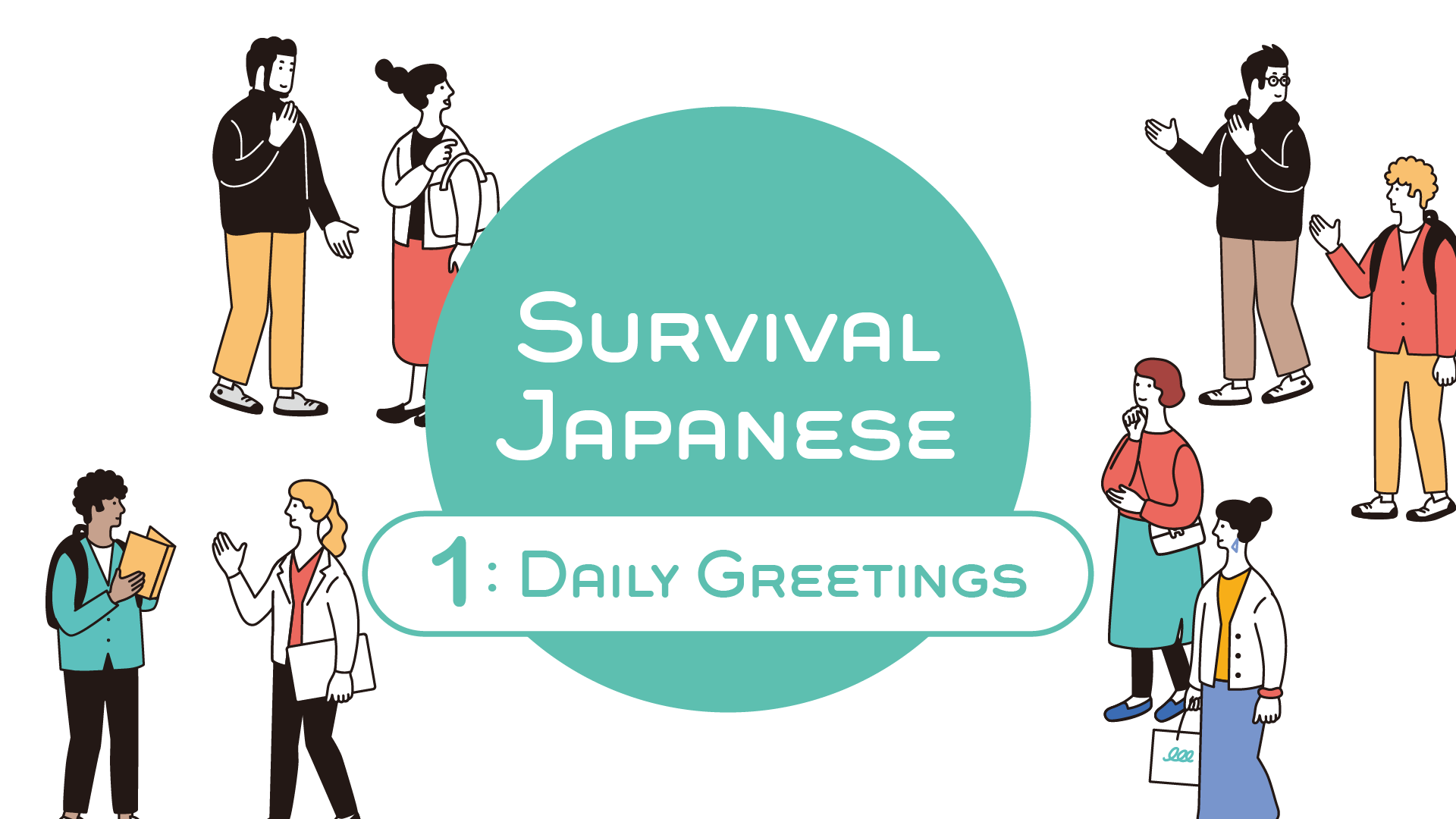
- 2: Self-introduction
- By the end of the session you will be better able to understand (and possibly ready to practice) some expressions of introducing yourself in Japanese.
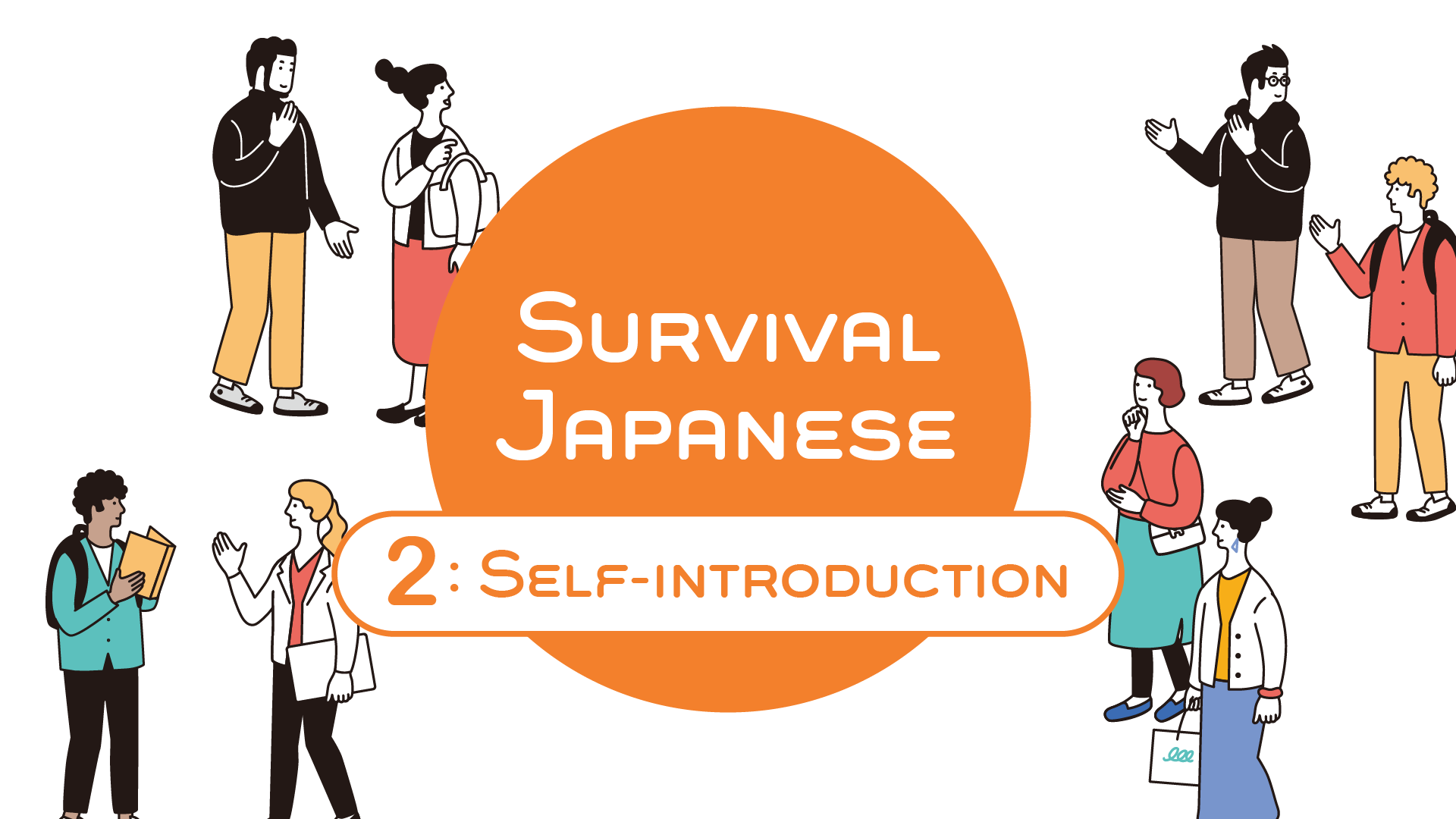
- 3: Shopping
- By the end of the session you will be ready to buy things, for example, at a convenience store or market when you arrive at Japan.
